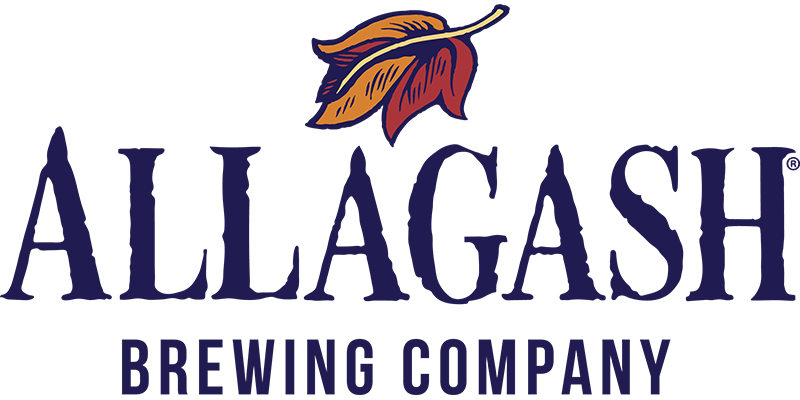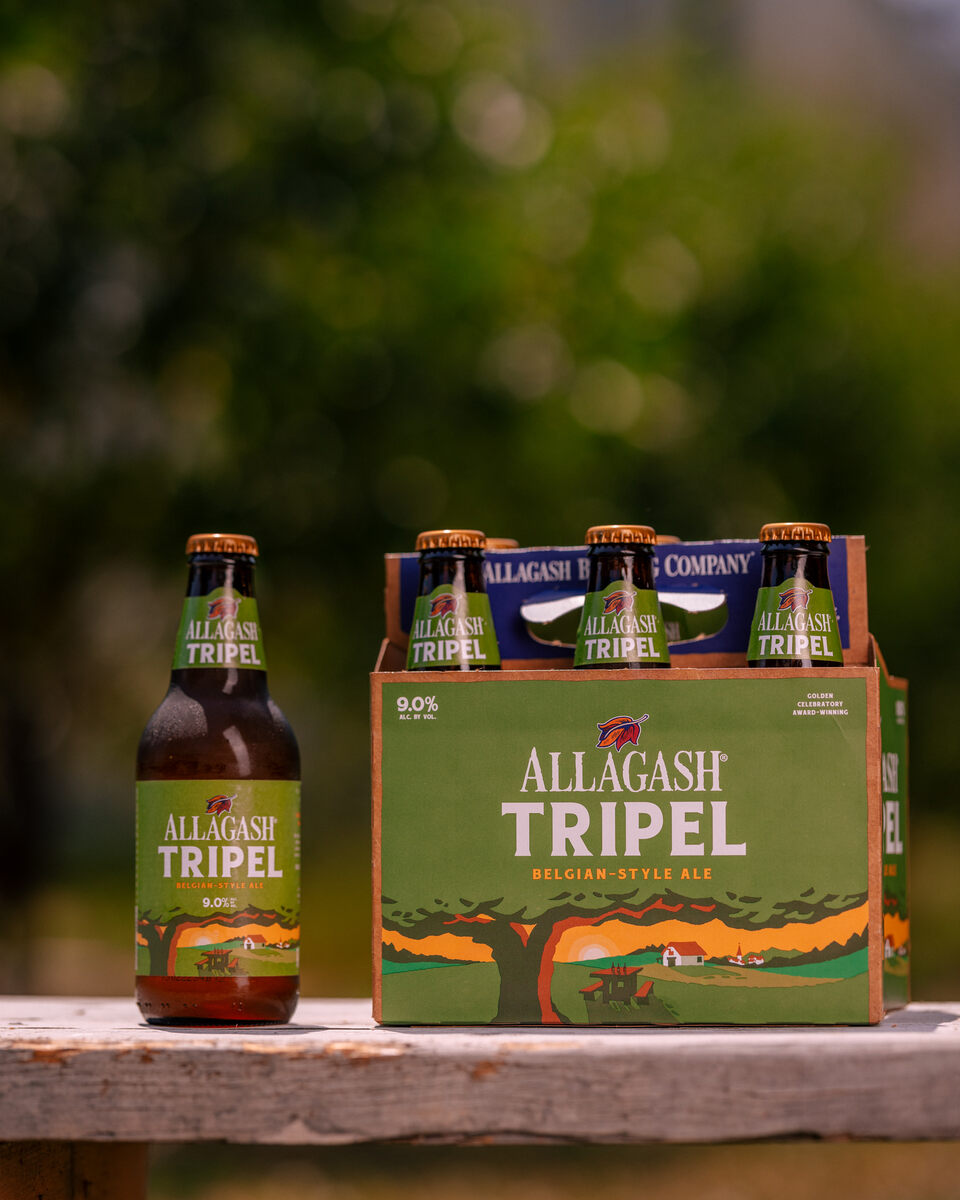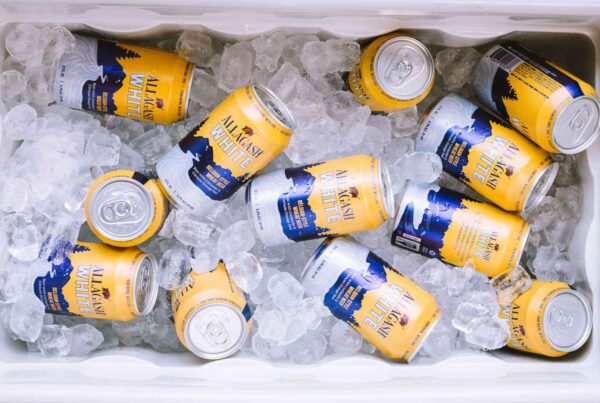We wouldn’t fault you for thinking these two beer styles were similar. As with so many terms in brewing, there appears to be a logical connection where there’s not. But tripels and triple IPAs have almost nothing in common, other than that they’re both beer.
Tripels
A tripel is a Belgian style of beer. Our take on the style is golden, balanced, and has a wide array of yeast-derived aromas.
Usually clocking in at a higher (for beer) alcohol content, you’ll often find tripels in the 8%-10% ABV range. For reference, wine is generally around 12% ABV. Our Tripel also has perceived sweetness—meaning the beer smells and tastes like it’s sweet, but is actually very dry—alongside which you’ll find balanced aromas ranging from passionfruit to honey. That balance of aromas is key to almost all Belgian styles of beer. The goal is to make an aroma perceptible, but not identifiable.
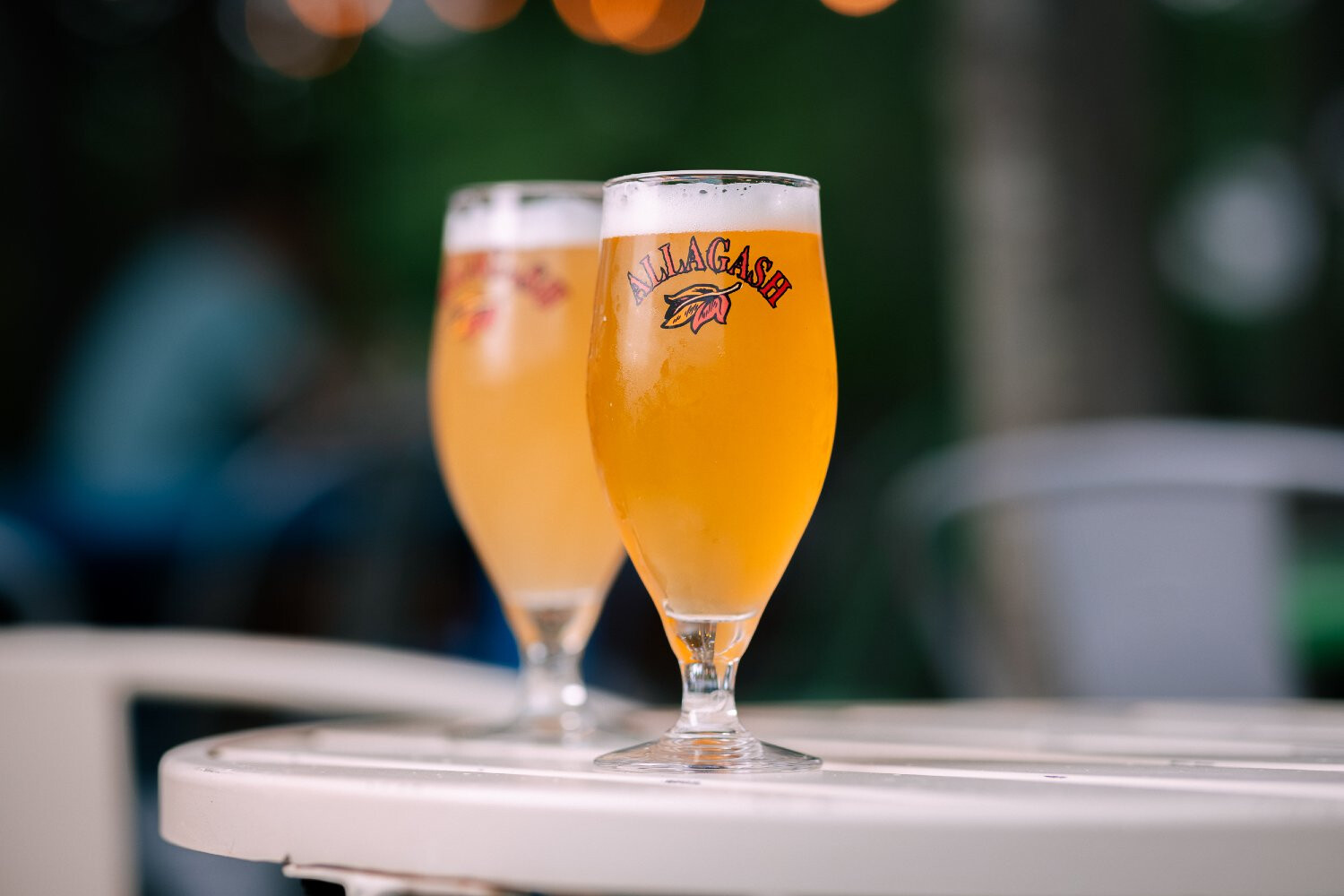
How to pronounce Tripel
On pronunciation, we say the name of the beer style the same way you’d pronounce the word “triple.” No emphasis on that final “el.”
This style is notable for how much flavor springs from so few ingredients. Our Tripel has a short grain bill, two hops, and one type of yeast. The finished beer, however, displays a vast array of aromas and flavors. The key to that burst of flavor comes from something called “esters.”
What are Esters?
Esters are the “fruity” part of a beer’s aroma (when the beer isn’t made with any actual fruit). These fruity aromas are a result of fermentation—when yeast eat sugar, they create alcohol, carbonation, and esters. Tripel is a beer full of ester aromas and flavors—those passion fruit, tropical, and honey-like aromas mentioned earlier—so much so that the esters primarily define the style.
Tripels are also not three times anything. Confusing that fact, there is another Belgian style of beer called a dubbel. Dubbels, are more of a light-brown color and have more prominent nutty and malty aromas. Thus the whole “connections that aren’t really there” mention above. We just wanted to make it clear that a tripel is just a specific style of beer, nothing more.
Triple IPAs
A triple IPA is a very different beer. Where the history of Belgian tripels stretches back hundreds of years, the triple IPA officially arose within the last ten years. IPA stands for India Pale Ale, a hoppier version of the traditional British Pale Ale. The “triple” in this beer’s case does have a loose numerical value: it’s related to dry hopping.
Briefly: dry hopping is a brewing term for the practice of adding hops late in the brewing process. Either during fermentation or conditioning.
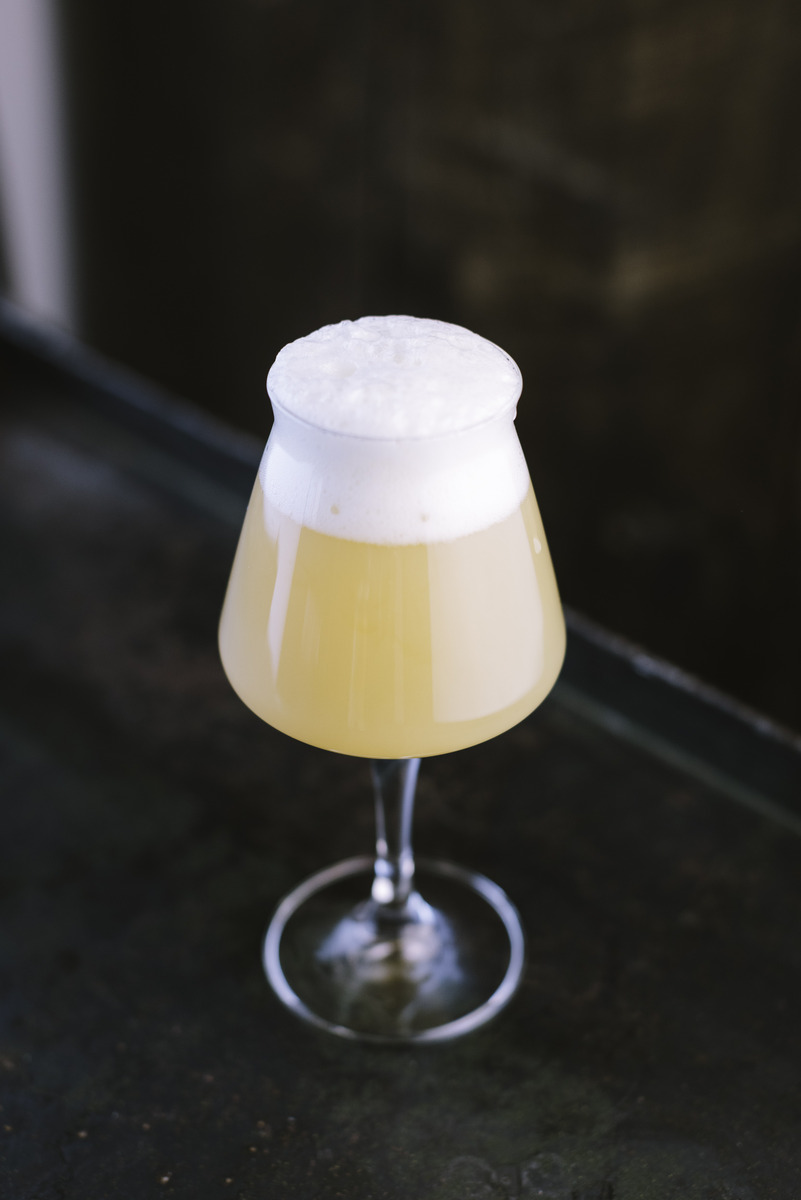
By adding a bunch of hops during fermentation or conditioning, the brewer can get more of that “hoppy,” citrusy, dare we say dank?, aroma and flavor into the beer. As a rule of thumb, hops added earlier in the brewing process add bitterness; hops added later give off more aroma. As late hop additions became more popular—which is a recent development in beer—brewers began to add more and more hops, starting the trend of beers that are dry-hopped, double dry-hopped, and beyond.
Double vs. Triple Dry Hopping
The number attached to it, double vs. triple dry hopping, is actually a number. It’s meant to give the drinker a basic idea of the amount of hops the brewer has added. At this point in time, there’s no widely agreed-upon rule as to the amount of hops in a double dry-hopped beer vs. triple dry-hopped beer. Basically, you can just expect that the larger the modifier before “dry hopped” , the more hop-forward the beer will be. How much is too much when it comes to hops? Honestly that’s a question for you, the drinker.
We prefer to have our beer’s flavor balanced, like in Tripel, where no single component dominates. But there are certainly brewers out there going for the shock-and-awe approach of adding hops on hops on hops. Triple dry-hopped beers absolutely fall under that umbrella of a single flavor component (hops) leading the rest.
As a final note, we want to say that we wrote this blog because beer is confusing. If you know a fair bit about craft beer, you’re probably wondering why we’d explain two such different beer styles in the same post. First, we’ve heard the “tripel vs. triple IPA” question asked on multiple occasions. Second, it’s logical for someone unfamiliar with beer to think there’s a connection between a Tripel and a triple IPA. And we want to thank everyone who didn’t know the difference for taking the time to learn. The more you know about beer, the better it gets.
